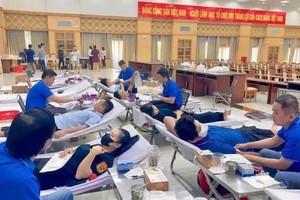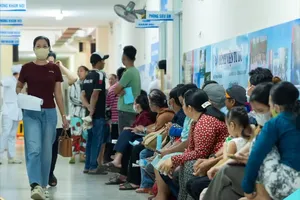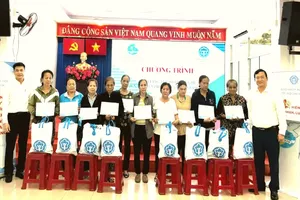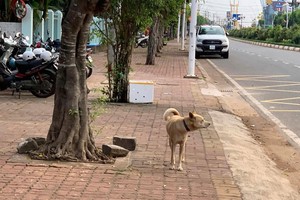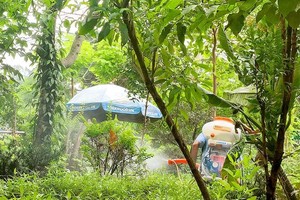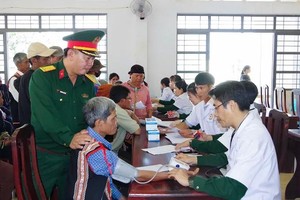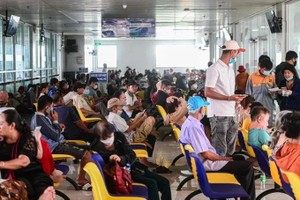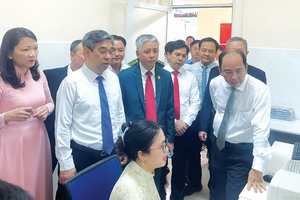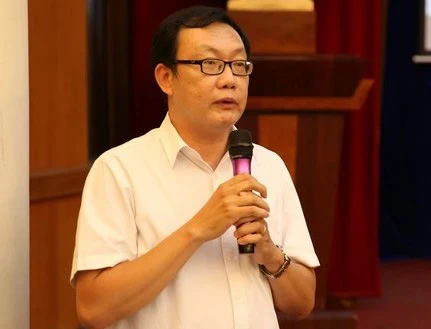
Firstly, MD MMed Luong Chan Quang informed about the Qdenga, the vaccine against dengue fever allowed to use in Vietnam from May 15, 2024. This is an extremely important measure to help prevent one dangerous disease in the world.
WHO has reported the effectiveness of any types of vaccines against this disease circulating in the world is at 80 percent within one year of injection. The rate reduces gradually to 61 percent 57 months after injection. The effectiveness in preventing hospitalization is 90 percent and 84 percent 18 months and 57 months post-injection.
Answering the inquiry whether this vaccine can create a breakthrough in dengue fever prevention in Vietnam or not, MD Quang shared that it does help the healthcare sector and local authorities to better and more quickly fight against the disease, especially as to stopping the spread of this disease in certain areas.
He then stressed that this is just the beginning phase of vaccine circulation in Vietnam, and hence a low coverage in the population. Meanwhile, the natural characteristic of Vietnam is a favorable condition for the swift growth of mosquitos carrying the virus.
Therefore, at this moment, Qdenga vaccine can merely be an addition measure in this fierce combat against dengue fever, not an alternative.
WHO has warned that any countries applying vaccine against this disease must integrate it with other practical vector control measures to optimize the effectiveness of the vaccine. Neighboring nations like Indonesia or Thailand are running both vaccine injection campaigns and other comprehensive methods in to prevent the spread of dengue fever. In other words, Vietnam must continue the measures done so far to kill larvae and mosquitoes.
MD Quang emphasized an integrated strategy as a combination of various methods that can be launched synchronously nationwide to control the state of dengue fever in Vietnam because each has its own advantages to contribute to the task of epidemic prevention and control.
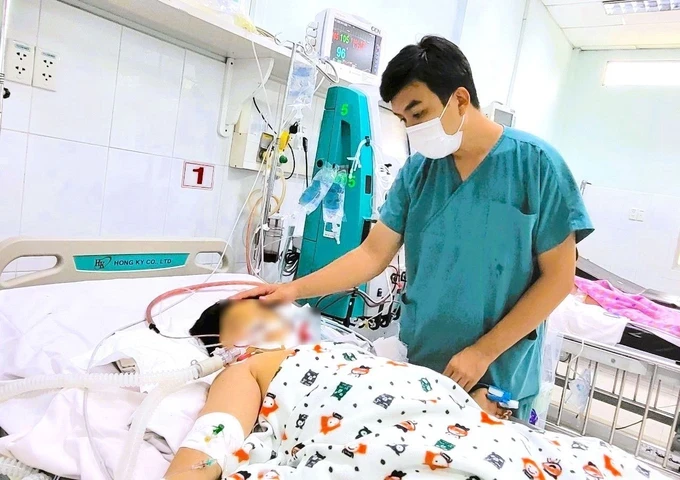
Finally, the doctor listed the most challenges difficulties in the fight against dengue fever in Vietnam, particularly in the Southern region.
To begin with, most grassroots clinics have only one staff member in charge of the fight against all kinds of infectious diseases. This might lead to overloading work, especially in the rainy season, when the quantity of dengue fever cases suddenly surge.
Another problem is a lack of pressure sharing from the community in epidemic prevention tasks. 25 years have passed since the mission of dengue fever prevention was added into the National Target Program, and the healthcare sector has displayed its tireless determination and efforts. Yet other people and organizations in society just classify this heavy task as the responsibility of the medical staff only. As many larvae nests come from the very places where people live, work and study, the success of the fight against this disease obviously depends on the cooperation of the whole community.


